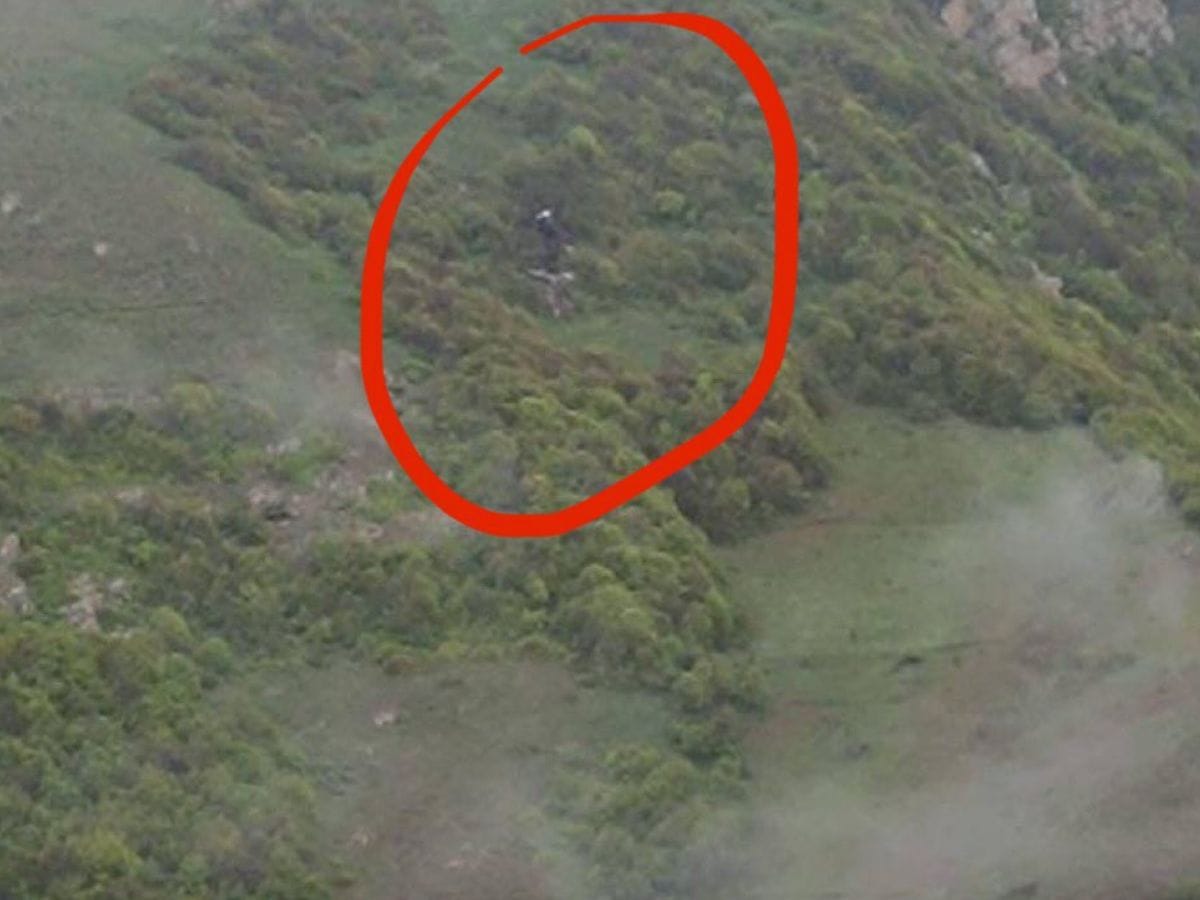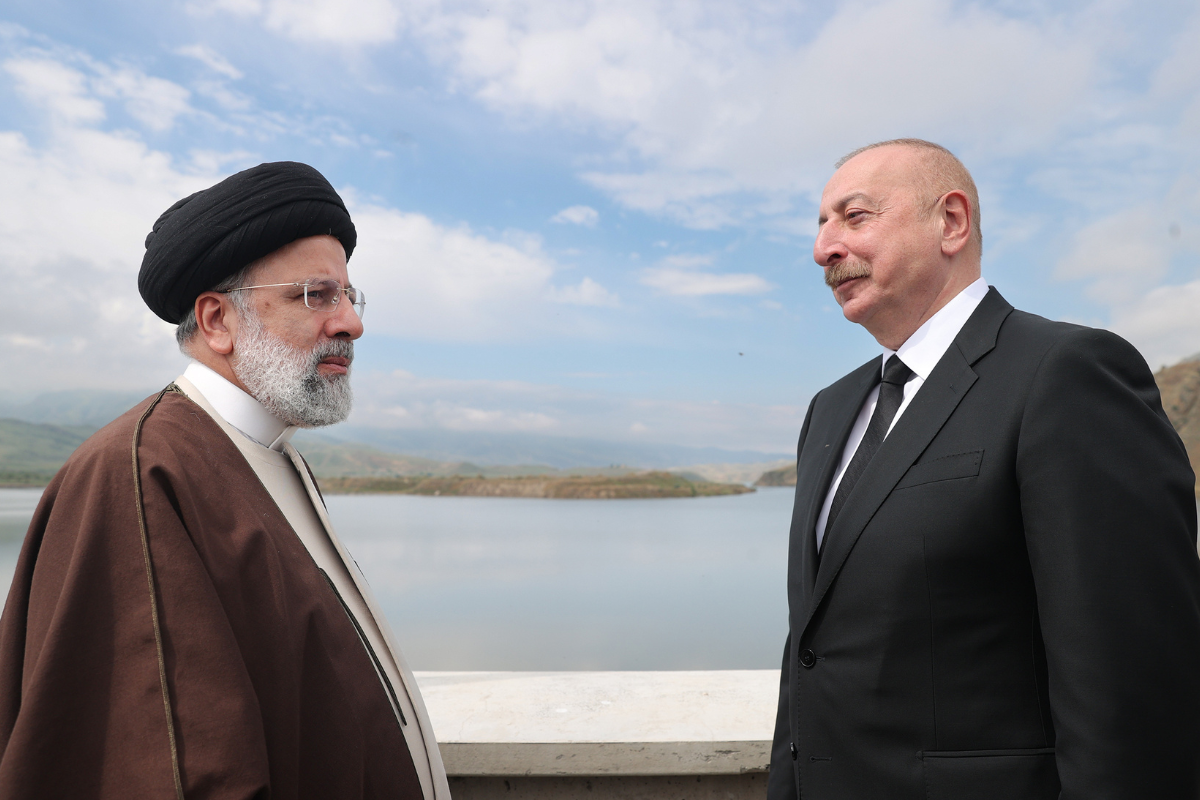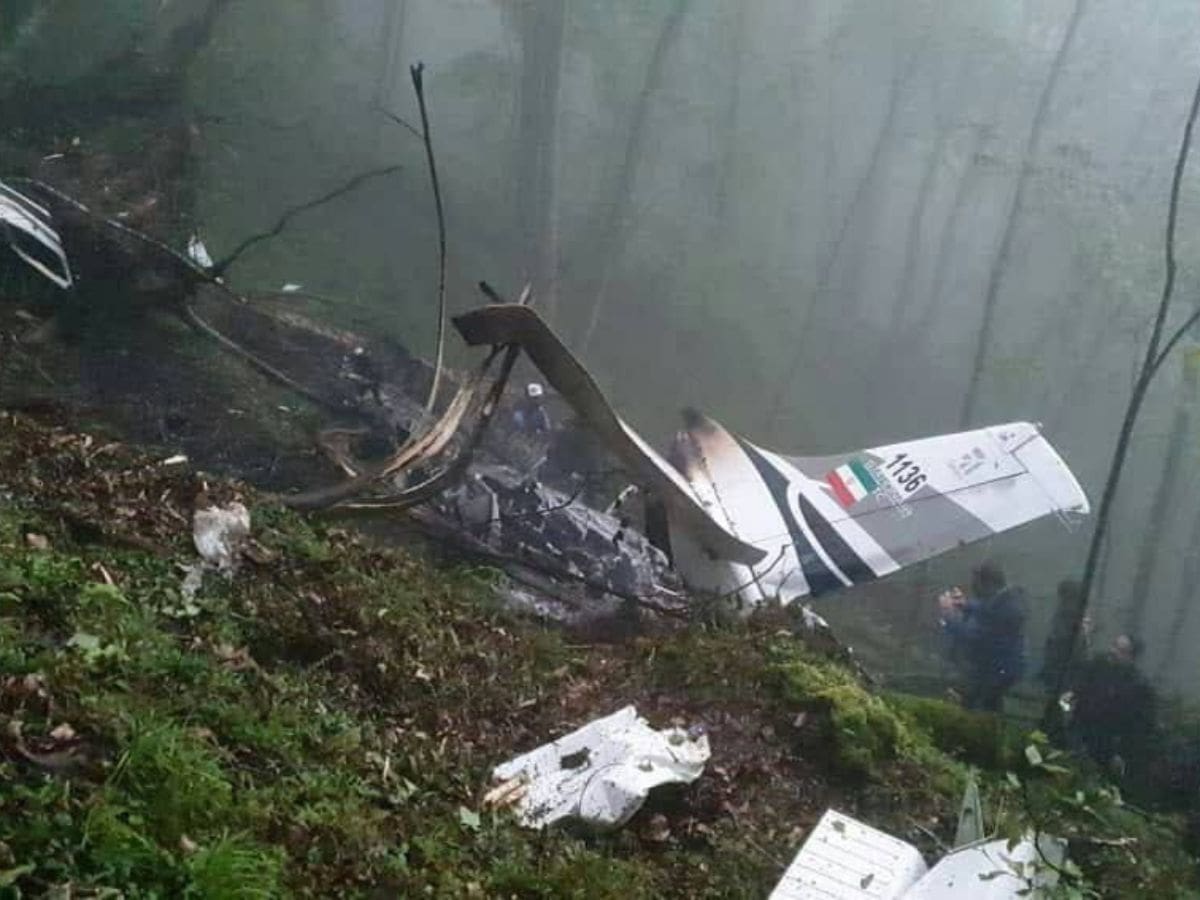President of Iran Helicopter Crash

President of iran helicopter crash – On 18 May 2023, a helicopter carrying the President of Iran, Ebrahim Raisi, crashed in the southern province of Fars, Iran. The incident occurred in a mountainous area near the city of Abadeh.
Even as the world reels from the tragic helicopter crash in Iran that claimed the life of its president, it’s important to look ahead to brighter moments. For horse racing enthusiasts, one such moment is the upcoming Preakness 2024, the second leg of the prestigious Triple Crown.
Preakness 2024 Time and Channel: A Guide to the Middle Jewel of the Triple Crown provides all the details you need to tune in and witness the excitement. While we mourn the loss of a respected leader, we find solace in the pursuit of sporting excellence, which unites us in shared passion and anticipation.
Passengers and Crew
The helicopter was carrying 16 people, including the President, his entourage, and crew members. All 16 individuals were killed in the crash.
Amidst the tragic news of the president of Iran helicopter crash, it’s worth taking a moment to reflect on the resilience and determination of the human spirit. Just as Matt Duchene, a rising hockey star, overcame adversity to achieve his dreams Matt Duchene: A Hockey Star’ , we must find solace in the strength of those who persevere in the face of tragedy.
As we mourn the lives lost in the helicopter crash, let us also celebrate the indomitable spirit that unites us.
Cause and Investigation
The cause of the helicopter crash is still under investigation. However, several factors may have contributed to the accident, including mechanical failure, pilot error, or adverse weather conditions.
The investigation process is ongoing and involves a team of experts from various fields, including aviation safety, engineering, and meteorology. The team is examining the wreckage of the helicopter, interviewing witnesses, and reviewing data from the aircraft’s flight recorder.
The findings of the investigation report will be made public once they are complete. The report will provide a detailed account of the cause of the accident and may make recommendations for preventing similar accidents in the future.
Mechanical Failure, President of iran helicopter crash
One possible cause of the helicopter crash is mechanical failure. Helicopters are complex machines with many moving parts, and any one of these parts could fail at any time. If a critical part fails, it could cause the helicopter to lose control and crash.
Pilot Error
Another possible cause of the helicopter crash is pilot error. The pilot may have made a mistake that led to the accident, such as flying in bad weather or making a navigational error.
Adverse Weather Conditions
Adverse weather conditions can also contribute to helicopter crashes. Helicopters are not as stable as airplanes in high winds or turbulence, and they can be difficult to control in bad visibility.
Political Impact

The helicopter crash that claimed the lives of several top Iranian officials has significant political implications for Iran’s government and the broader regional landscape. This incident has the potential to reshape the country’s political dynamics and alter the course of international relations.
The crash has dealt a severe blow to Iran’s leadership, as it has eliminated several key figures in the country’s political and military establishment. This loss of experienced and influential individuals could create a power vacuum and lead to internal power struggles. The stability of Iran’s government could be tested as different factions within the regime vie for control.
International Reactions
The helicopter crash has also sparked international reactions and diplomatic consequences. The incident has raised concerns about the stability of Iran’s government and the potential for regional destabilization. Many countries have expressed their condolences and offered assistance to Iran, but the crash could also lead to increased tensions and diplomatic pressure on the Iranian regime.
The United States, which has long been at odds with Iran, has condemned the crash and expressed its condolences to the families of the victims. However, the incident could also complicate ongoing diplomatic efforts to revive the Iran nuclear deal. The crash could harden the positions of both sides and make it more difficult to reach a compromise.
The crash could also have implications for Iran’s relationship with its neighbors in the Middle East. Some regional powers, such as Saudi Arabia and Israel, may view the incident as an opportunity to weaken Iran’s position. This could lead to increased tensions and conflict in the region.
Media Coverage and Public Reaction: President Of Iran Helicopter Crash

The helicopter crash that claimed the lives of Iranian President Ebrahim Raisi and other top officials was a major news event that garnered significant media attention worldwide. The coverage had a profound impact on public opinion, shaping perceptions and fueling discussions about the incident and its implications.
Role of Traditional Media
Traditional media outlets, including television networks, newspapers, and news agencies, played a crucial role in disseminating information about the crash and its aftermath. They provided extensive coverage of the incident, including eyewitness accounts, expert analysis, and updates on the investigation.
The media’s reporting helped to inform the public about the details of the crash, the identities of the victims, and the potential causes of the incident. It also provided a platform for government officials, experts, and family members to share their perspectives and express their condolences.
Social Media and Public Perception
Social media platforms, such as Twitter, Instagram, and Telegram, also played a significant role in shaping public perception of the helicopter crash. These platforms allowed users to share information, express their opinions, and engage in discussions about the incident.
Social media posts often included eyewitness accounts, videos, and images of the crash site, which provided a raw and immediate perspective on the tragedy. They also facilitated the spread of rumors and conspiracy theories, which contributed to the public’s anxiety and confusion about the incident.
Public Response and Aftermath
The public response to the helicopter crash was one of shock, grief, and anger. Many people expressed their condolences to the families of the victims and demanded a thorough investigation into the incident.
The crash also sparked discussions about the safety of air travel in Iran and the competence of the government. Some people questioned whether the helicopter was properly maintained or whether there were any security lapses that contributed to the incident.
The government’s response to the crash was initially criticized for being slow and inadequate. However, as the investigation progressed and more information became available, the public’s anger and skepticism gradually subsided.
As the world grapples with the tragic news of the president of Iran’s helicopter crash, it’s worth reflecting on the ethical implications of media coverage. The recent CNN Diddy Cassie Video: Privacy Ethics and Impact scandal highlights the delicate balance between public interest and personal privacy.
As the helicopter crash investigation unfolds, it’s crucial to ensure that media coverage respects the victims’ families and the integrity of the investigation.